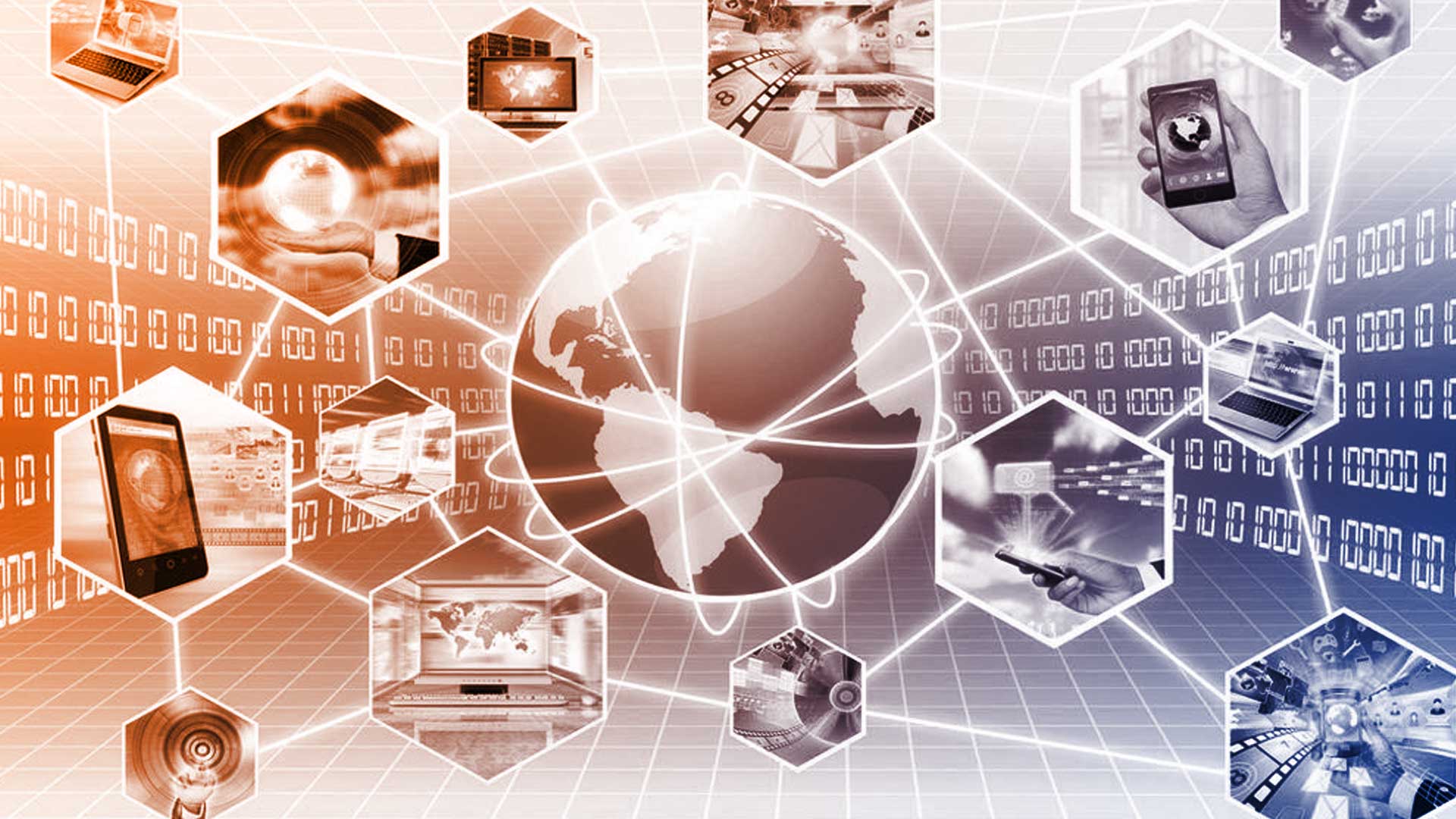With the concept of career undergoing continued transformation, organizations are fostering learning and development (L&D) opportunities that are “always-on.” This has placed businesses in a position to display their “learn and development” prowess as the principal driver of their employment brand. Organizations are racing to highlight their infrastructure and capacities that allow employees to build skills quickly, easily, and on their own terms.
All this has put pressure on the HR and L&D departments as they struggle to improve employee careers and transform corporate learning. In fact, this particular aspect (of career transformation) has emerged as the second most important development in the 2017 Deloitte Global Human Capital Trends report. The way forward lies in having a flexible, open career model rather than a static career progression. In other words, staff decide what to learn based on their needs and career goals, rather than follow the prescription of their managers. This exposes the workers to new opportunities, mentors, and technologies, thereby redefining mobility in an organization. For the traditional HR/L&D teams, this poses a challenge because it is the complete opposite of the L&D mandate.
As people reinvent themselves to move across jobs and embrace interdisciplinary knowledge, L&D leaders must make use of digital tools, such as Coursera, for high-quality, free or low-cost access to continuous learning. Digitalization has led to commoditization of content, thereby giving cause to reinvent the entire L&D framework. To bring about transformation in career models, HR/L&D professionals must take steps that include:
- Studying existing patterns of career mobility for devising programs, developmental projects, and rotational assignments
- Reviewing the organization’s job architecture to support new career models
- Building a culture of supporting internal candidates in new roles
- Tracking learning metrics for holistic development standards
- Refocusing the L&D team to become more people-centric
- Investing in L&D technology infrastructure
- Bringing in cross-functional and interdisciplinary programs to workers
- Keeping metrics on opportunities for career growth
It is important that leaders enable employee development by integrating learning in all aspects of the career lifecycle. This takes on added significance, as the changing concept of a “career” demands a different mindset and approach, especially for the L&D function. HR onboarding software plays a crucial role in facilitating this integration, ensuring that employees receive structured and personalized training right from the onboarding stage, setting a strong foundation for their ongoing development journey
